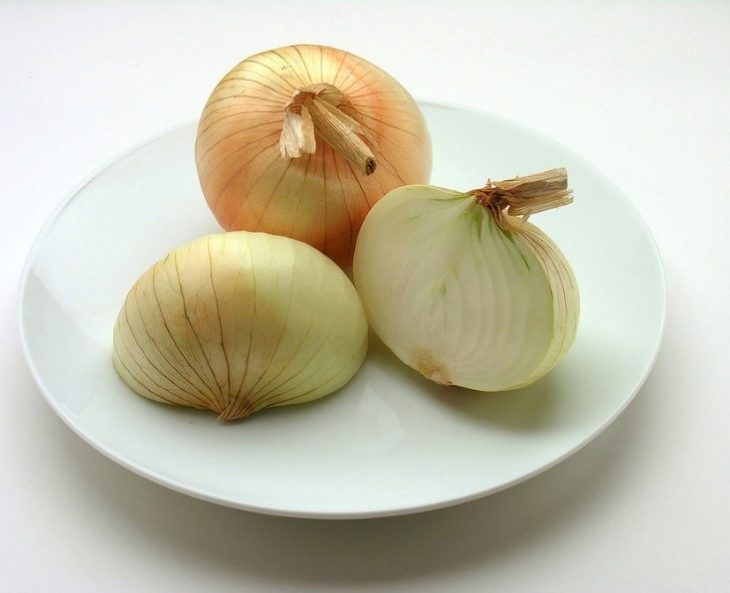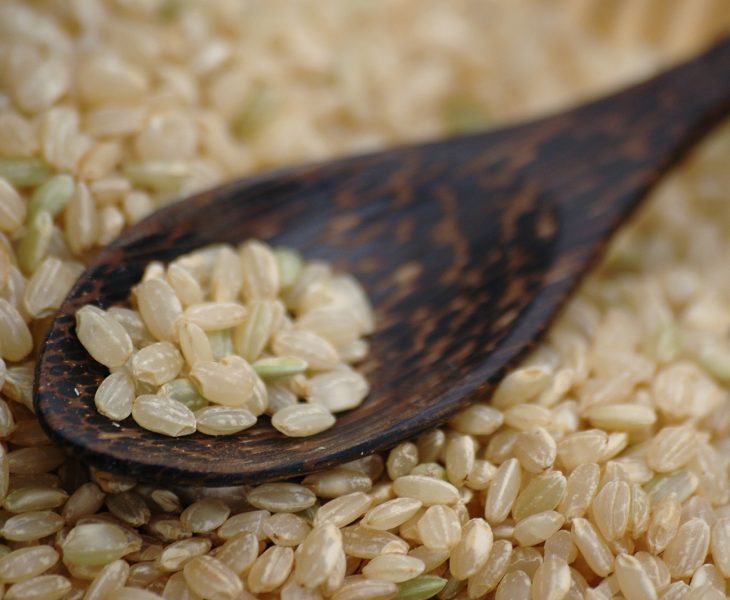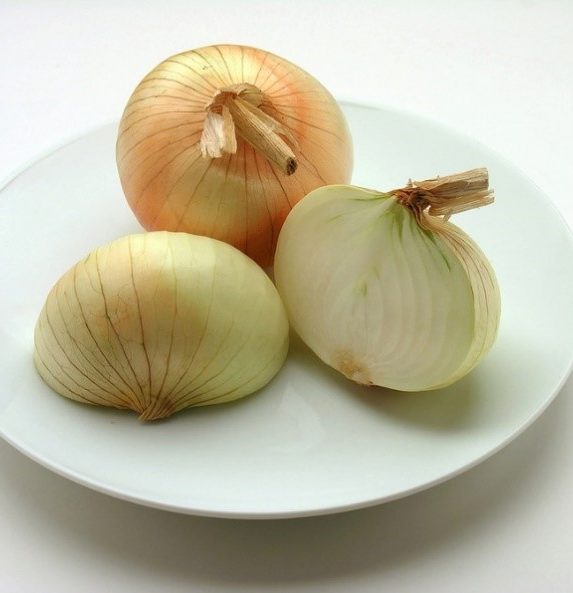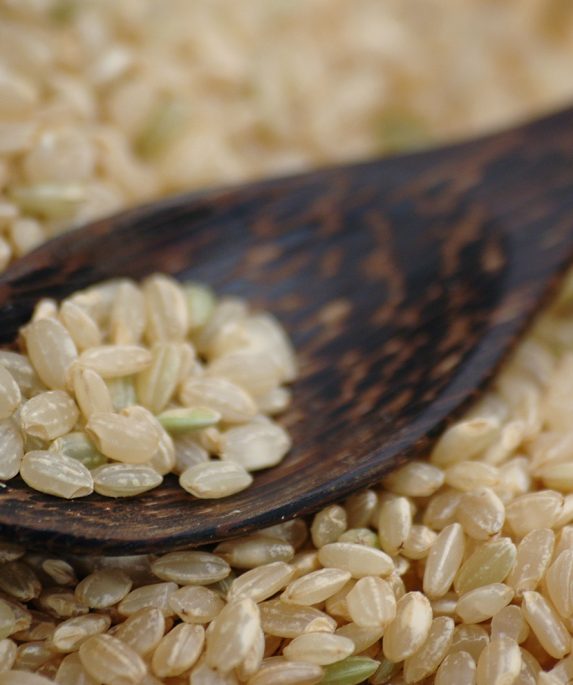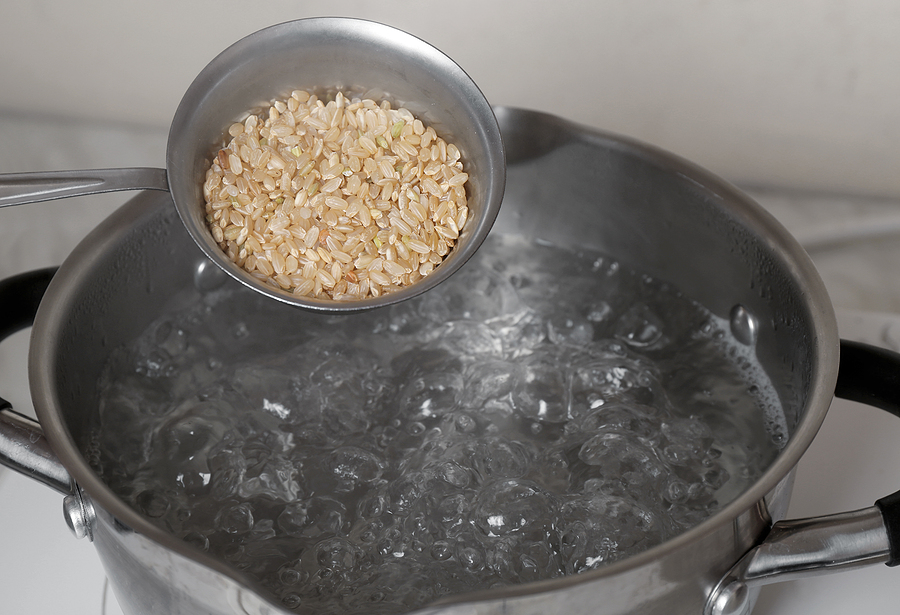¿Quiere hacer que sus comidas sean más deliciosas? ¡Pruebe las cebollas Vidalia! Estas cebollas son más dulces y tienen un sabor suave comparadas a las cebollas amarillas. Son de Vidalia, Georgia, y han crecido allí desde los 1930’s.
Beneficios de las Cebollas Vidalia:
Las cebollas son de la misma familia de las plantas como el ajo, los chalotes, y el puerro. La gente ha cultivado estas plantas por siglos, por su buen sabor y sus beneficios potenciales para la salud. Las cebollas Vidalia contienen nutrientes, incluyendo vitamina C y potasio, que ayudan a mantener su salud y la fuerza del cuerpo.
Dulce Datos Sobre Las Cebollas Vidalia:
- ¡Solamente crecen en Georgia! Si una cebolla se cultiva en otro lugar, no se puede llamar una cebolla Vidalia.
- Fueron descubiertas por error. ¡Un agricultor cultivó cebollas y se sorprendido cuando encontró que las cebollas eran más dulces de lo normal!
- El suelo arenoso de Georgia las hace dulces. El suelo tiene poco sulfuro, lo que ayuda a darle un sabor suave a las cebollas Vidalia.
No le hará lagrimar tanto mientras corta su cebolla. La mayoría de las cebollas tienen un químico que nos hace lagrimar. Las cebollas Vidalia tienen menos de este químico, así que no nos hacen llorar tanto.
- Son el vegetal oficial de Georgia. La cebolla de Vidalia obtuvo este título en 1990.
- Se cosechan entre abril y agosto. Estas cebollas deliciosas están disponibles solo una parte del año, así que disfrútelas mientras pueda.
¡Es Fácil Cocinar con Las Cebollas Vidalia!
- Coma las cebollas crudas en ensaladas o sándwiches.
- Saltéelas o aselas en un sartén para resaltar el sabor dulce natural.
- Ase las cebollas a la parrilla para un sabor ahumado.
- Prepárela las cebollas en escabeche o en vinagre para un sabor más fuerte.
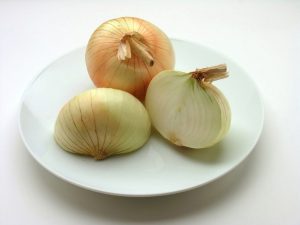
10 Maneras de Utilizar Las Cebollas Vidalia:
- ¡Corte y añada la cebolla a una ensalada para añadir algo crujiente!
- ¡Utilice la cebolla en una tortilla de huevo, una frittata, o un quiche!
- Utilícela en una salteada o en un platillo de pasta para un sabor dulce. ¡Nuestra receta de Rotini es una de las favoritas, pues sabe mejor gracias a la sabrosa cebolla! https://foodtalk.org/en/recipe/rustic-rotini-with-tomatoes-beans
- ¡Haga aros de cebolla- es muy fácil prepararlas en la freidora de aire!
- Añada la cebolla a sopas y estofados como la sopa de cebolla francesa o nuestra receta de chili que se prepara en solamente 15 minutos. https://foodtalk.org/en/recipe/15-minute-chili
- Espolvoree la cebolla sobre la pizza- la cebolla dulce va bien con queso y salsa de tomate. Pruebe nuestra receta de pizza crujiente usando una tortilla y cebollas de Vidalia.https://foodtalk.org/en/recipe/crispy-tortilla-pizza
- Endulce sus verduras usando las cebollas de Vidalia.https://foodtalk.org/en/recipe/greens-with-beans
- Ase o caramelice las cebollas como complemento para hamburguesa, carne, o tofu.
- Dele un nuevo toque a su salsa casera, guacamole, u otras salsas utilizando las cebollas de Vidalia.https://foodtalk.org/en/recipe/homemade-salsa
- Pruebe esta receta clásica: Pele una cebolla de Vidalia y corte un cono pequeño en la parte de arriba. Ponga un cubito de caldo y un poco de aceite de oliva en el hoyo. Envuelva la cebolla en papel de aluminio y hornéala por 45-60 minutos a 350◦ F hasta que este suave.
Publicado el 17 de abril, 2025
Laurel Sanville, MS, RDN, LD | Editado por Jung Sun Lee, PhD, RDN; Edda Cotto-Rivera; y el equipo de educación de nutrición
